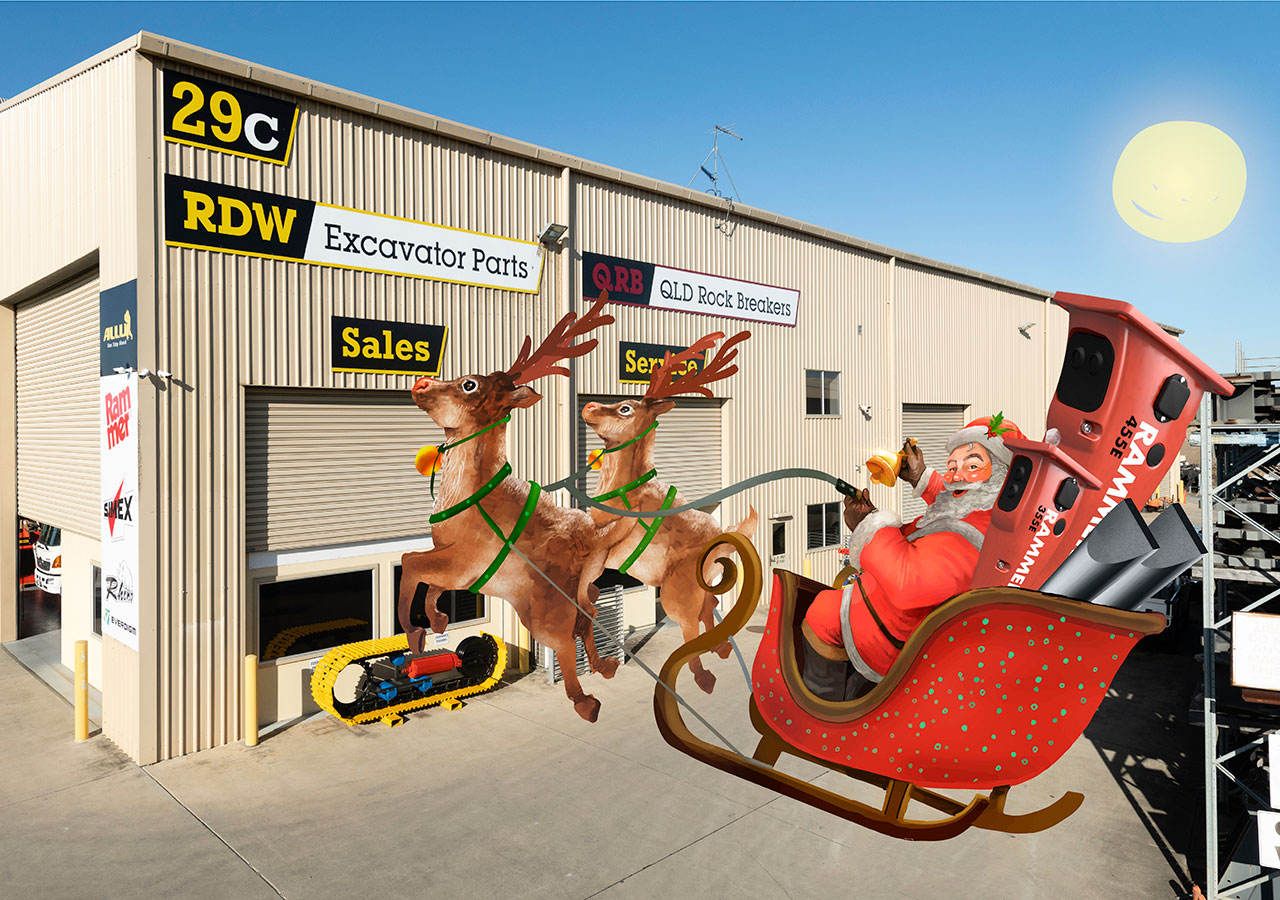Following on from the last edition of our Newsletter (“Who’s Responsibility”), there has been particular interest in how to get employees to take proper responsibility and ownership of their duties, and amazement at how much tax Rio Tinto (and other companies) pay compared to what we get for it. So how do you judge Value for Money?
With deals and discounts aplenty, the tendency has been to expect the cake but pay only for the base. How else do you explain for instance the complaint from a cruise ship passenger who booked an inside cabin and complained that the cabin didn’t have Ocean views? I guess you received what you paid for? The annoying part is when the opposite occurs. Here’s some examples.
Car Industry Subsidies
Even though my dream car (the AC Shelby Cobra) has Ford underpinnings, I’ve always been a Holden “fan”. Although nowadays, I’m not sure why. Cars have become a bit like white goods. In what has been record sales years for cars overall in Australia, both brands flagship local models have struggled with falling volumes, and basically rely on Government and fleet purchases. Commodore and Falcon are both very capable cars, but they don’t really top any categories except value for money. For all purpose transport, our needs have changed to SUV’s and Dual Cab utes, whilst the strong Australian dollar would be one reason why the Mercedes C-Class outsold the Falcon last month for the first time ever.
Holden has stated that they have received $2.17 billion in Government assistance over the last 12 years. That’s close to $2,000 per vehicle. The other car manufacturers in Australia are also deemed so large and important that they need assistance to stay viable, so we keep pumping money into dying industries rather than encourage smaller and competitive businesses. The Productivity Commission estimates that taxpayers pay $17.7 billion a year in industry assistance. 97% of businesses are Small businesses, and they provide 49% of all jobs in Australia. No doubt nearly 100% of the profit from small businesses stays in Australia (unlike many of the large corporations receiving the subsidies). When was the last time anything was done to encourage small and medium businesses?
Welfare System Broken
It was refreshing to hear Mission Australia (one of the benefactors of ensuring we have high levels of welfare support) come out and say that our Welfare System is broken. They were referring to the about $130 billion a year in the Federal Budget that’s allocated to Welfare payments, and singled out the example of the 824,082 Disability Support Pensioners (DSP accounts for about $15-16 billion). In their opinion, up to 350-400,000 (nearly half) of the recipients could go back into the workforce quickly. Their argument is that work provides independence, purpose and a sense of achievement. Most people would agree with that. The problem is that to put these people into the unemployment queue (apart from blowing our low unemployment rate figure out of the water), is that their pensions would drop by a third. $733.70 per fortnight is not a lot for a DSP to live on, especially those that really do need the support. A disability may rule a person out of some types of roles, but not everything. I have had people who have applied for a job stating “but I can only work X hours per week, or I’ll lose my pension”. What we need is a bit of both carrot and stick to make the transition easier.
Sacrosanct Topics
Some things are not allowed to be talked about for risk of offending someone. A good friend of mine is a specialist Doctor. He was asked to provide his services for a $1,200 daily retainer, plus charging his normal patient fee’s (paid for in full by Medicare), to be available to provide his services to a particular disadvantaged group in our society. The first day, only 8 people made appointments, and only two showed up. The next week, 8 appointments, the same two showed up, plus a third that complained that her free taxi service was late. My friend told one of the administrators that he felt his time could be better spent helping people elsewhere or making the service available to other patients also, and as a result received a notice from the department about a compliant for questioning the status quo. He has gone back to his normal practice again. I can only think of a handful of benefactors in this whole saga. The only explanation for this being allowed to continue is the self-interest of a small subsector of our society, and that raising the discussion publicly would be seen as “unpopular”. Looking at the number of people affected though, unpopular with whom?
Re-Think Road Construction
A smallish intersection at Willawong was recently converted from a roundabout to traffic lights, plus adding a turning lane from each approach. The local Council funded project was hailed a success because it came in $4.7 million below budget costing $11 million. My perception comparing it to other construction jobs was that it still took 6 months (completed 3 months ahead of schedule) of inconveniencing local traffic, and “should” have cost a fraction of what it did. I heard a figure recently that it’s not uncommon for 40% of the construction cost to be traffic management related. Even if the figure on a particular job was less than half of that, we should think about a different way of completing the jobs so more can be achieved with the same money and faster. Maybe in some instances the area could be closed off entirely for a much shorter time frame? Maybe we can reduce some of the traffic management costs by changing the way it’s done, for instance re-deploy our resource strapped police force to “real” police duties instead of having their flashing lights next to the traffic management truck doing the same task?
One of our most valued clients told me recently that he was thinking of giving up the game after 30 years. The straw that broke his back was that the latest trend is for a job site from about the size of a football field upwards to require a storage area for excavators etc to go to and sign in/out a bucket each time it requires changing. In theory perhaps the concept has merit, but now there will be a parade of machines marching over uneven ground amongst other workers to perform the exact same procedure that is performed where the machine is operating. So the change of process introduced a whole raft of new issues. With excavators not generally designed to walk great distances, I’m sure our sales and repairs of Final Drives and undercarriage will go through the roof… I’d rather support our customers by giving you better value for money for your dollars in other ways.
As always, onwards and upwards!
Fred Carlsson
General Manager



